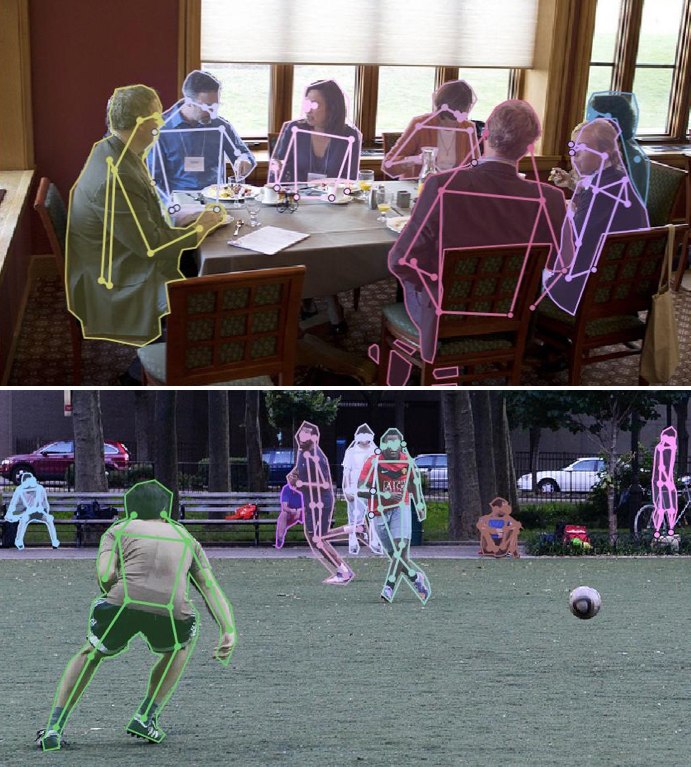At COCO Annotator, we specialize in providing high-quality annotation services for the Keypoint Detection Task using advanced techniques to ensure the accuracy of the annotations.
About
Keypoint Detection Task is an essential task in computer vision, which involves detecting and labeling the positions of specific keypoints in an image. These keypoints are often human body parts or other important objects, and their detection helps in various applications such as pose estimation, action recognition, and object tracking.
The task requires a deep understanding of image processing and machine learning techniques, including convolutional neural networks (CNNs) and keypoint regression models. Keypoint Detection Task is also an important benchmark for evaluating the performance of computer vision algorithms. Accurate and precise annotation is critical for the success of Keypoint Detection Task, and professional annotation services can significantly improve the quality and efficiency of the task.

what we do
Our team of experts uses state-of-the-art techniques to provide accurate and reliable COCO annotation services. Here are some of the key techniques we use:

To improve the generalization of the model, image augmentation techniques such as rotation, flipping, and scaling are used.

This technique involves training the model to simultaneously perform other related tasks, such as object detection or segmentation, to improve keypoint detection accuracy.

Ensuring that each class of keypoints is equally represented in the dataset to avoid bias towards one particular class.

Iterative keypoint refinement can improve the accuracy of keypoint localization by refining the coordinates of detected keypoints.

This technique involves linking detected keypoints across multiple frames to track object movements and estimate the object's pose.

Ensemble methods combine the output of multiple keypoint detectors to improve the overall accuracy of the model.
industries
Our COCO annotation services can help businesses in various industries that require computer vision models, such as:
Accurately detecting and tracking objects of interest, such as customers or products, can improve inventory management, optimize store layout, and enhance customer experience.
Keypoint detection can be used to track the movements of athletes and improve performance analysis.
Keypoint detection can be used for tracking pedestrians and other vehicles, improving autonomous driving capabilities.
Keypoint detection can be used in medical imaging to detect and track specific anatomical structures, assisting in diagnosis and treatment planning.
Keypoint detection can be used in robot navigation and object manipulation, improving automation and efficiency.
Accurate detection and tracking of people and objects can enhance security systems in various settings, such as airports or public spaces.

What You Get
MORE INFO